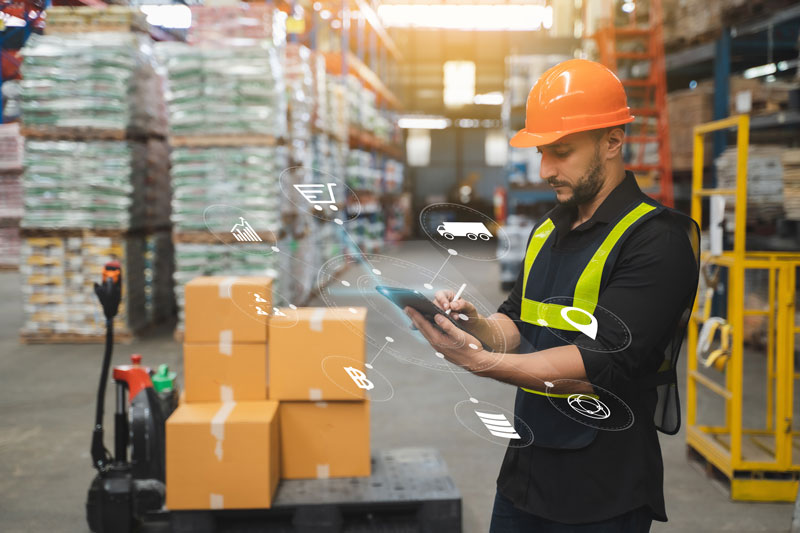Two years ago, the Biden administration introduced a new digital platform for supply chain monitoring, Freight Logistics Optimization Works (FLOW). FLOW aims to provide more transparency into the supply chain by bringing together industry stakeholders to share real-time data. Those stakeholders have included retail companies, logistics companies, and port and marine terminal operators.
Now the program has expanded to include data from inland freight ports, including rail terminal and warehouse end-destination data. FLOW originated with the idea of preventing the kinds of supply chain issues that were exposed during the pandemic, but it has become more than that. “Supply chains in some form…explain more than 80 percent of the disinflation [decreased inflation] the U.S. has experienced since 2022,” according to a recent White House economic analysis.
Here are a few examples of how supply chain data is making a difference for businesses, whether or not they are a part of FLOW.
How PetSmart is benefiting from FLOW
Retailers work from in-store dates, the date a product must be available in the store. Those dates rely on the smooth function of the supply chain, from the time a product is picked up overseas, brought into a port, and distributed to stores. There are any number of reasons why that might not happen on time, from weather to work stoppages to international unrest or a global pandemic, to name a few.

When there is some kind of disruption, companies are forced to make an expensive decision, such as paying for air freight to make sure the products arrive at their destination on time. FLOW can provide the data those companies need to avoid having to spend more money than they budgeted.
PetSmart is one such example. The company can use FLOW data like bookings, marine terminal slots, chassis availability, and gate moves to understand what their next move should be. If they know there will be a delay of some sort, they can arrange for another product to be on store shelves until the scheduled shipment arrives. Instead of guessing at when that will be, they can draw a firmer conclusion. In doing so, they not only avoid having to make a reactionary decision that might cost more money, but they can also make a different move that allows business to continue without missing a beat.
Other companies are using their own data to help improve supply chain efficiency:
- Advance Auto Parts identified elevated supply chain costs as part of the reason it saw a decline in gross profits. The company took a look at its network and was able to identify areas where it could improve its cost structure and inventory availability. In the past, Advance Auto Parts used 38 distribution centers to provide all possible products. It is in the process of making conversions that will allow it to order products into fewer distribution centers, increasing inventory productivity.
- Target is one of the companies that uses FLOW data, but it is also relying on its own data to help the company’s bottom line. Target’s CFO and COO says the company’s efficiency efforts saved the company more than $500 million in 2023, with its inventory management playing a major role in those efforts. Target management set itself up to be more flexible by using data, reacting quickly to changing trends in areas such as apparel, where it didn’t make planned inventory purchases and instead went after trending merchandise. The company continues to invest in inventory planning, looking to use AI and machine learning to improve its speed, consistency, and efficiency.

These types of analytics are not exclusive to these companies that are finding success. Any company looking to make gains can learn from what they have been able to do. One major component is communication. FLOW data comes from a collaborative effort from organizations throughout the supply chain. Any organization that has traced its supply chain from beginning to end can reach out to stakeholders each step of the way to get the data it needs to help make important decisions where shipping is involved. If an organization is worried about where it can save money within its own processes, it can communicate internally to make sure everyone is on the same page as far as desired outcomes and opportunities for efficiencies.
In addition to communication, the other important piece is the right analytics tool. Knowing which information your organization needs is half the battle. Having the right tool to put it to work, producing reports that can help decision-makers with their work, is the final step to seeing improved results. Whether that data comes from a large government program like FLOW or the hard work of people in your organization, it can end up producing the same actionable insights.
- Analyzing the Challenges of Pharmaceutical Supply Shortages - April 26, 2024
- Summer is an Opportunity for Digital Transformation in Education - April 17, 2024
- Your Car is Tracking More than Miles per Hour - April 11, 2024



